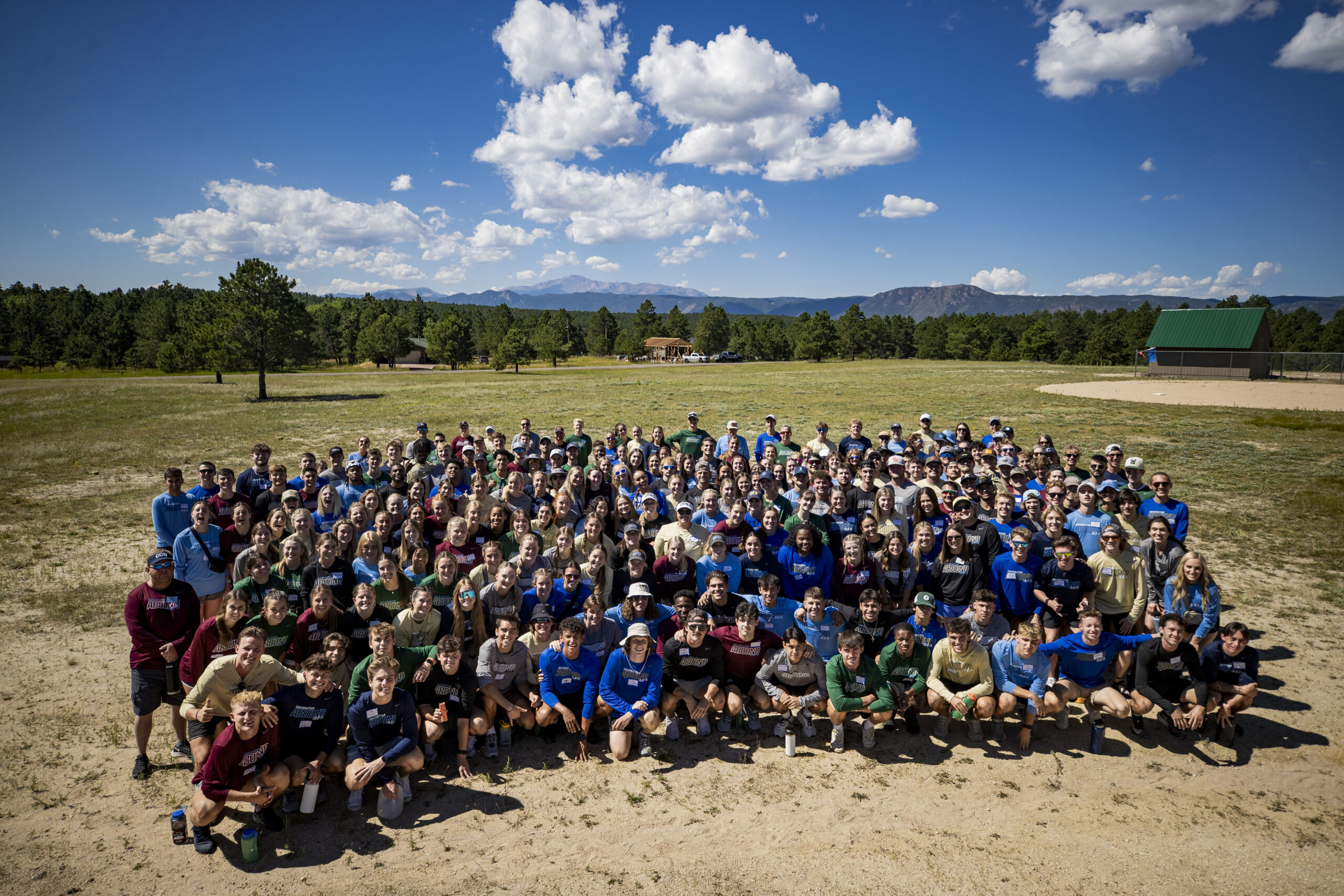
Empower: Self-Defense Class
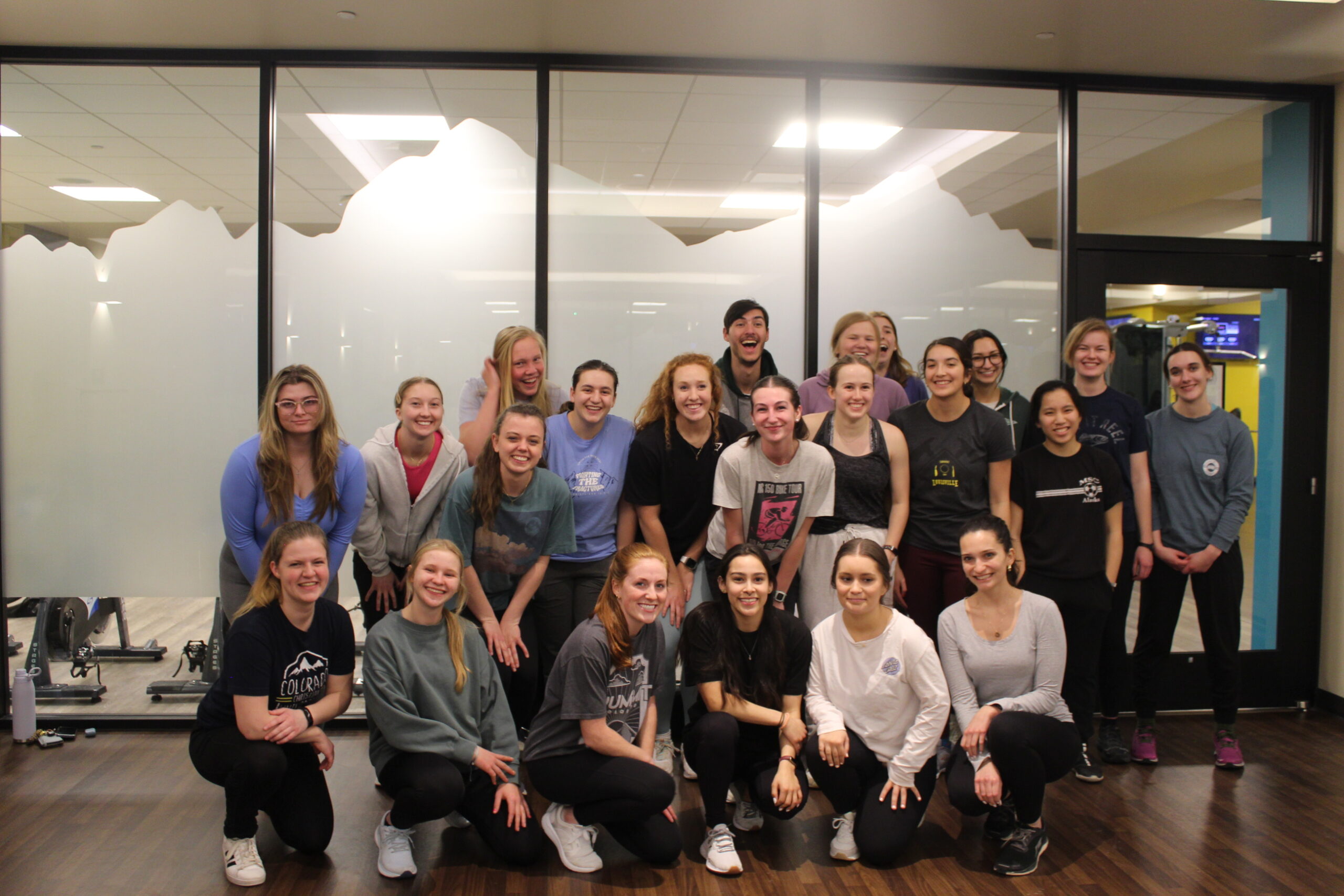
Recently, I watched a video of Nashali Alma fighting off a man who attacked her inside her apartment’s gym. She was working out by herself and let in Xavier Thomas-Jones who had also previously worked out at the same gym. After a couple of minutes, Thomas-Jones came at her unprovoked. Alma used her quick thinking and used self-defense techniques to eventually fight him off until police arrived. Thomas-Jones has been arrested and charged with sexual battery, false imprisonment, and kidnapping.
For the past 10 years, Chavez has been training with marital arts. She has consistently studied Kenpō 5.0. Kenpō 5.0 is a mixed martial arts that focuses on both stand-up fighting and Brazilian jiu-jitsu. Her study is a curriculum based with different belt levels that includes different techniques, sets and forms. The sets and forms help with hand and eye coordination while the techniques are real life scenario-based ranging from punch attack, kick attack, group attack, or weapon attack.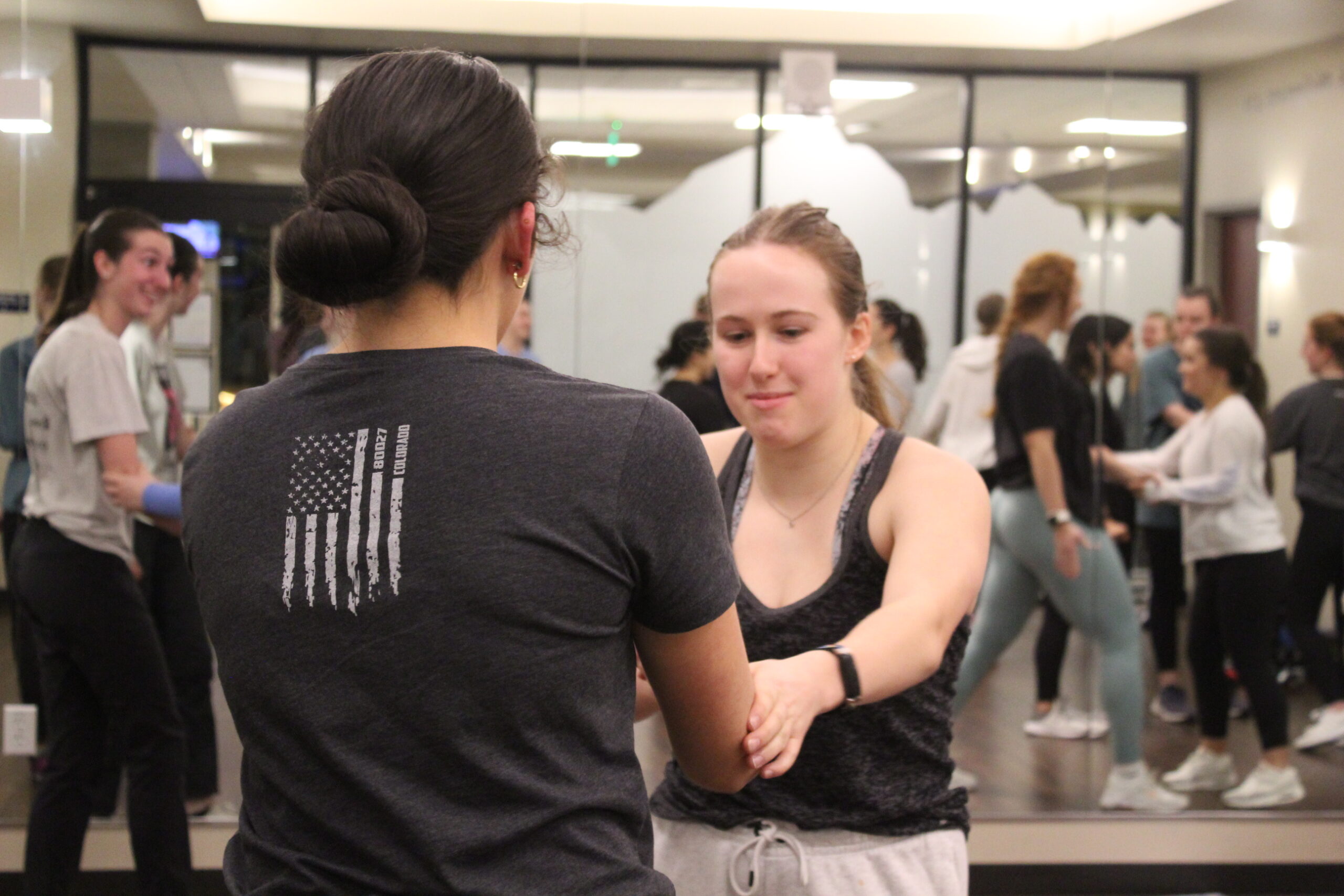
During our class, Chavez focused on the theme of “setting boundaries”. Women are more prone to be attacked or preyed since women tend to be more compliant to the demands of an attacker or predator. Chavez wants all her trainees to stand up for themselves and say “no”. The main attack technique that was studied was “an unwanted hug”, whether from a close friend or a family member. Later, other techniques were taught which focused on an aggressor.
Scenario #1
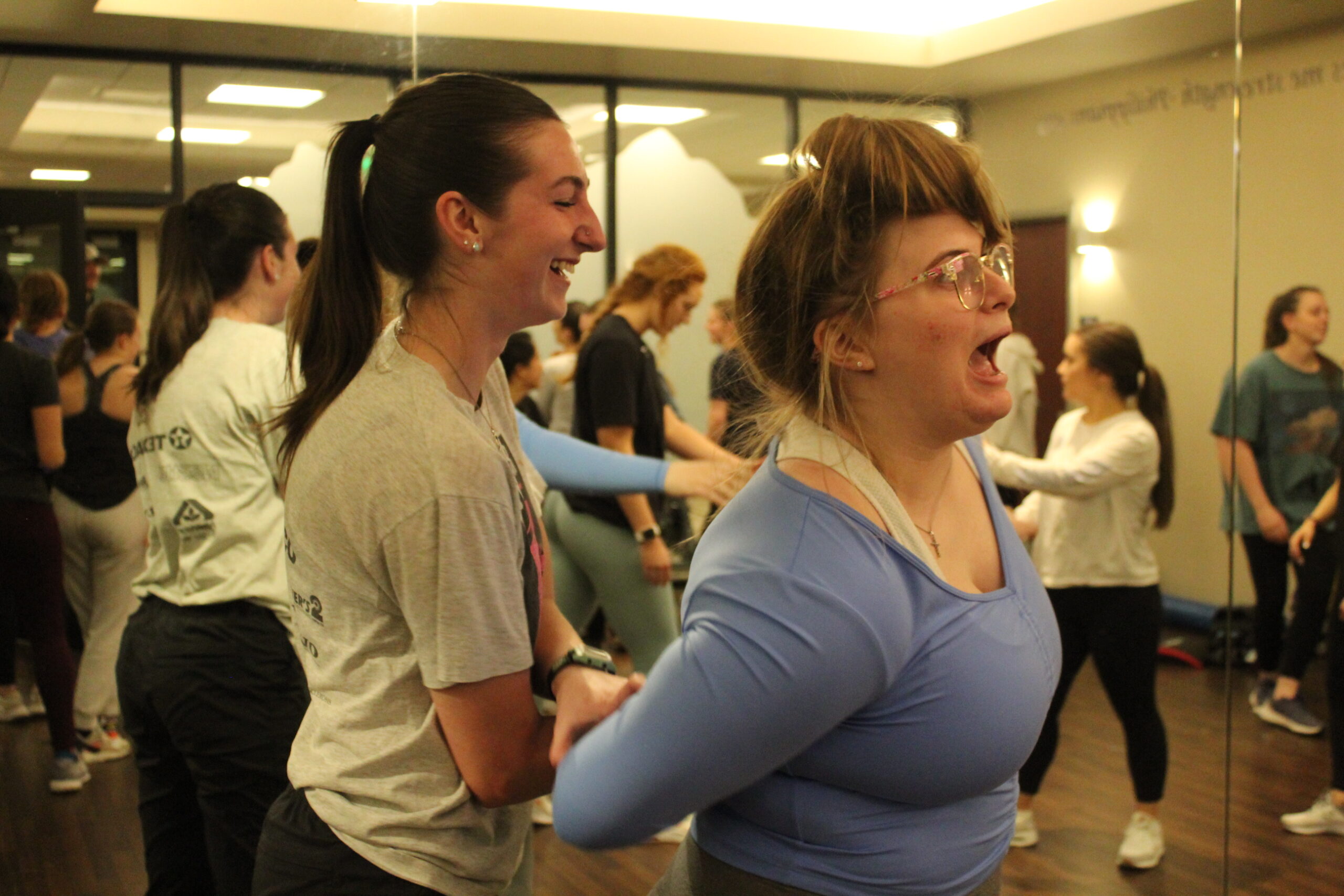 Assuming you are in a public or cordial setting and a close friend wanted to give you a hug, but you did not want to be hugged at that time or you simply do not like hugs. As your friend tries to give you a hug, you can go out of your way to find their hand and give them a firm handshake. This would help establish the boundary of “I do not want a hug, but I want a handshake instead”. If they still do not understand the hint you gave, Chavez thought us how to put their arm in a rear arm pin.
Assuming you are in a public or cordial setting and a close friend wanted to give you a hug, but you did not want to be hugged at that time or you simply do not like hugs. As your friend tries to give you a hug, you can go out of your way to find their hand and give them a firm handshake. This would help establish the boundary of “I do not want a hug, but I want a handshake instead”. If they still do not understand the hint you gave, Chavez thought us how to put their arm in a rear arm pin.
Scenario #2
This scenario takes place in a public setting where you know that the person trying to give you a hug does not mean well or has abused you in the past. Your first approach should be an “open hands” technique and take a step back. This step is crucial so that you will not be seen as the aggressor but rather a way of setting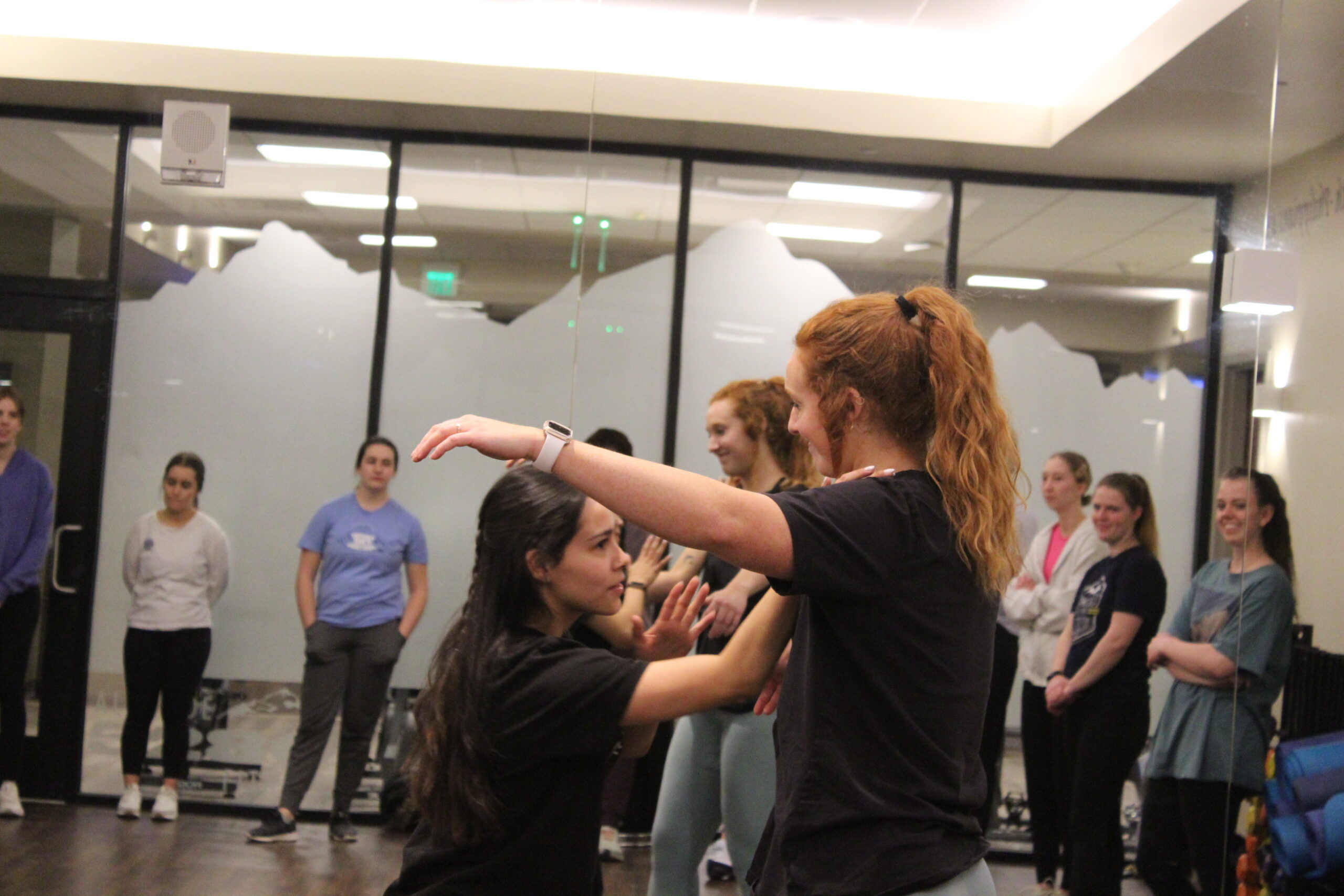 initial boundaries. If they continue to move forward to give you a hug, begin to check their biceps and shoulder. To do this, you take your left foot back and put your left hand on their bicep and right hand on their shoulder. This would prevent them from giving you the hug they are anticipating to give and clearly telling them that “no I do not want a hug”.
initial boundaries. If they continue to move forward to give you a hug, begin to check their biceps and shoulder. To do this, you take your left foot back and put your left hand on their bicep and right hand on their shoulder. This would prevent them from giving you the hug they are anticipating to give and clearly telling them that “no I do not want a hug”.
If your attacker is still not getting the hint and continues to pursue the hug, you can drop your elbow into their sternum. This would give them another warning of “stop, I do not want a hug”. If the attacker persist, then you can put them in chokehold after dropping your elbow. THIS IS NOT FOR EVRYDAY USE. Use the chokehold for when your attacker is aggressive and the setting is appropriate. Always go through the first three methods before resorting to a chokehold. Additionally, if you do use a chokehold and your attacker taps you or says tap, you should release since they could die. Remember this is self DEFENSE moves not offensive attacks!
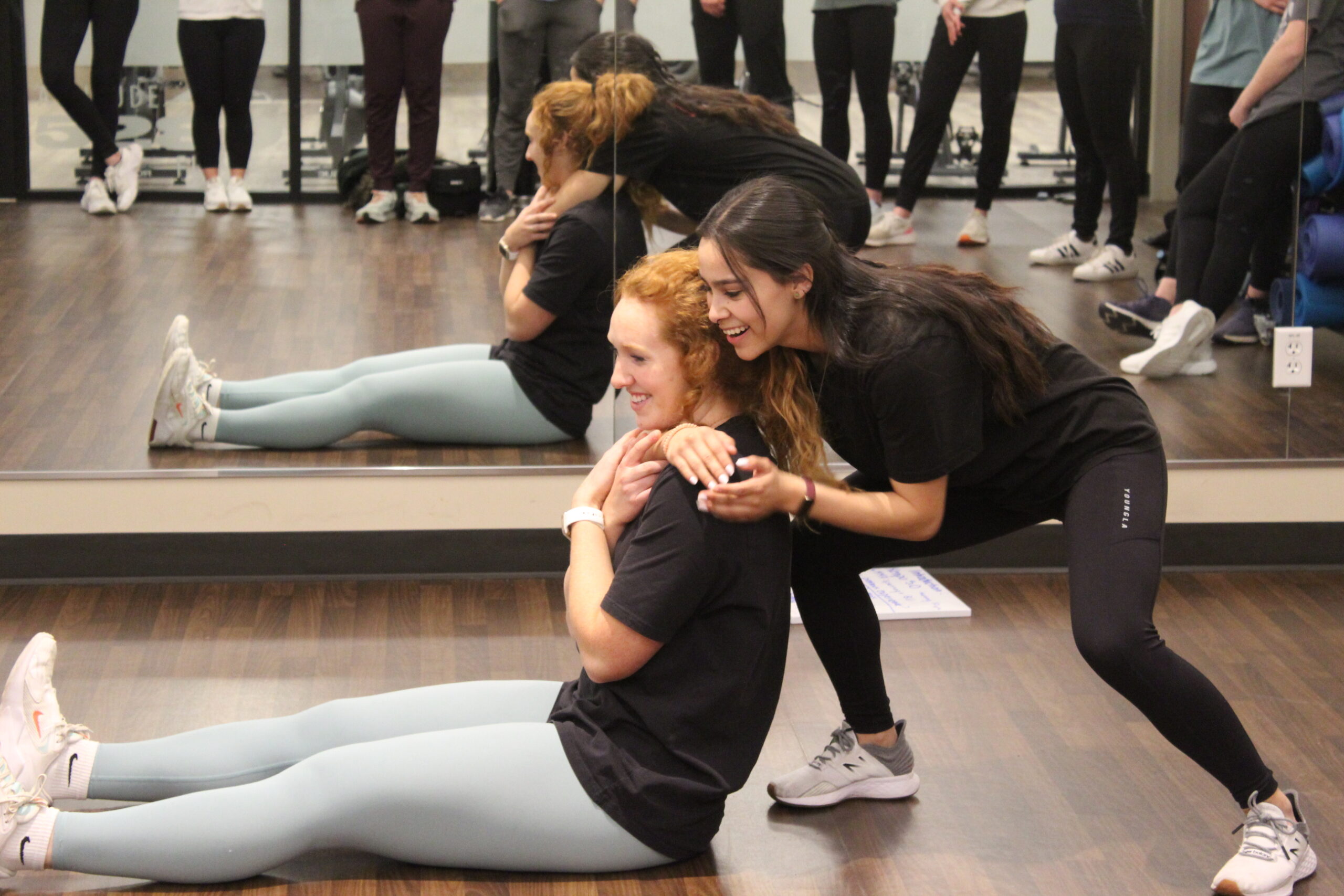
There were two important tips from Chavez before the training ended. These are:
Tip #1 – Awareness not avoidance
This is the first step of self-defense. Chavez’s dad always told her to “keep her head on a swivel”. Look up instead of down. It is our human nature that whenever we sense danger, we look away and ignore danger. However, when it comes to attackers or abusers, you must show them that you are aware of their presence to establish your dominance. Whether it is giving them a nod , a smile or a look , you are letting them know you are aware of their presence so that they do not think that you are vulnerable or can be preyed upon.
Tip #2 – Use the buddy system!
Although this may seem cliché, the buddy system truly works. There is power in numbers. An attacker is less likely to attack a group of girls than a lone wolf. Without a buddy, you will seem more vulnerable no matter how strong you are. When you are with more than one person, it will leave more witnesses if the attacker does not get their way.
Thank you so much Katia for this amazing opportunity to learn self-defense! We hope to be able to learn more techniques!






